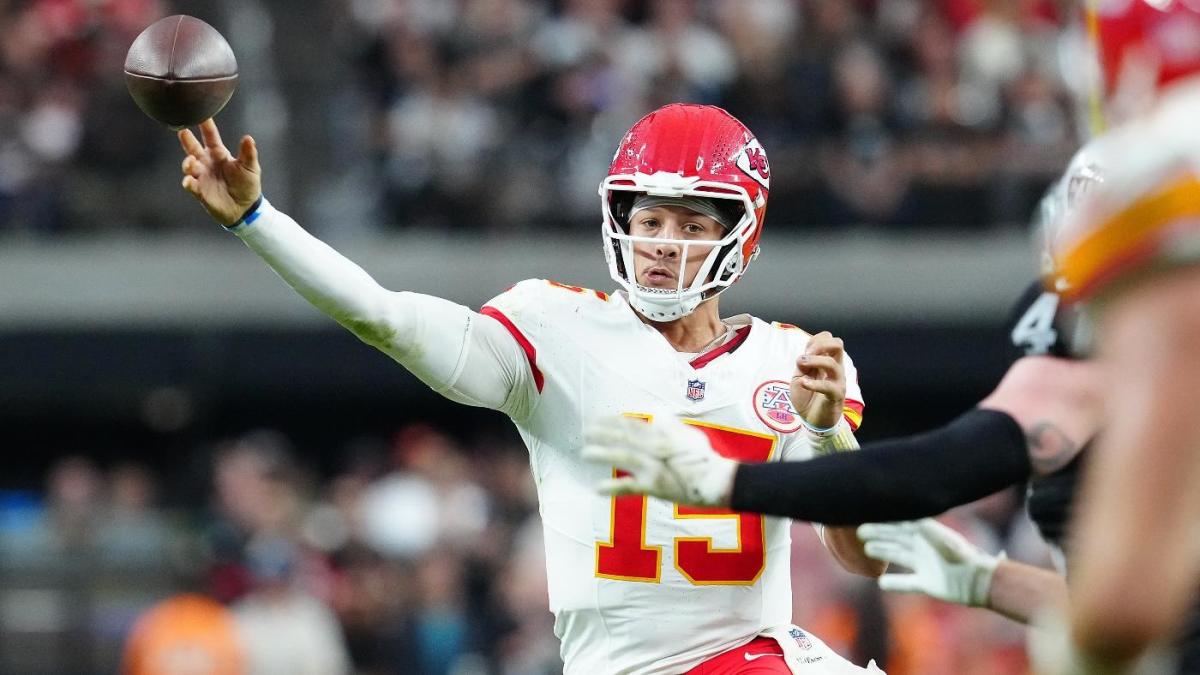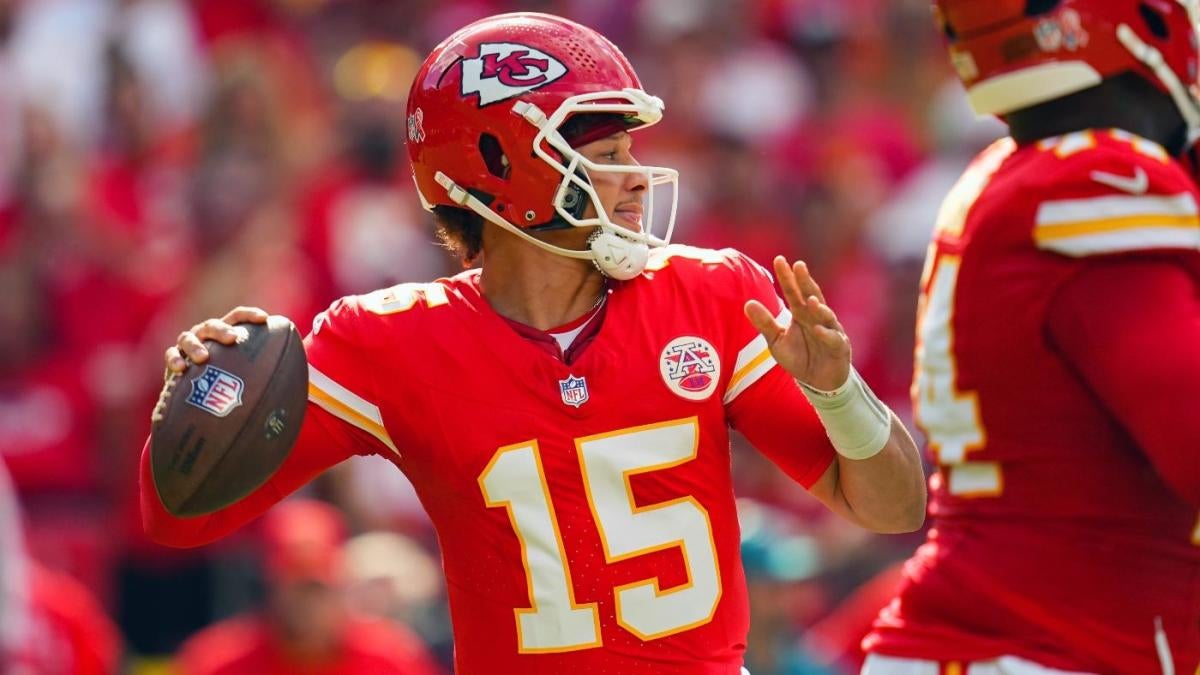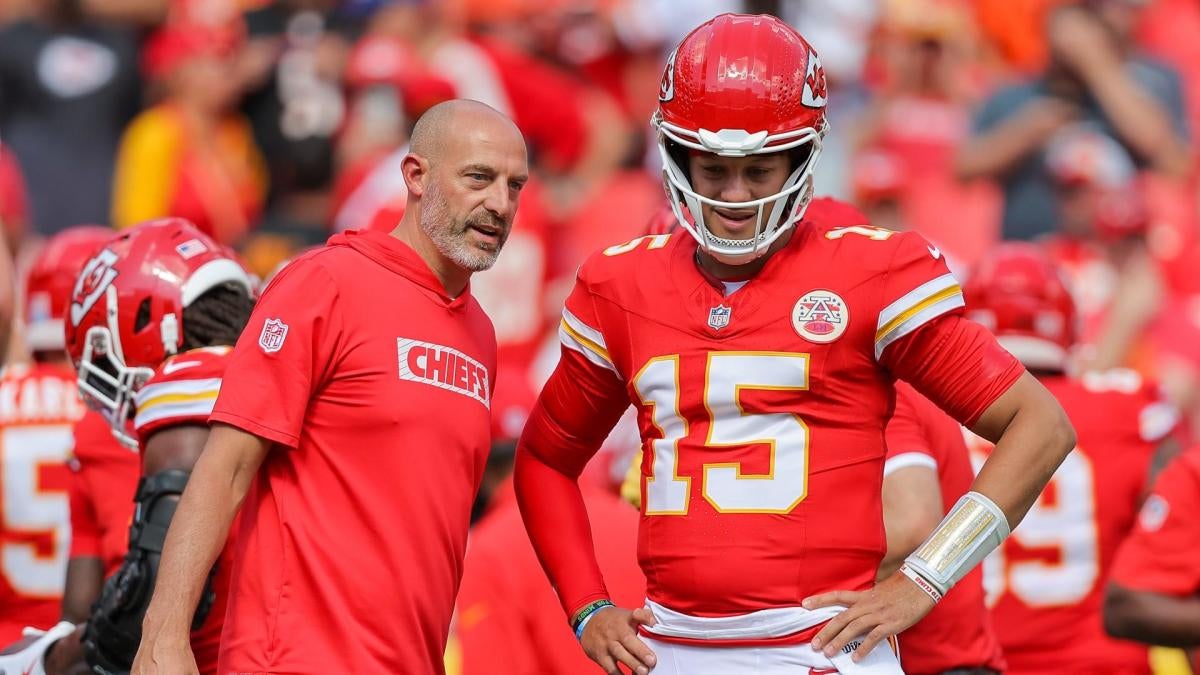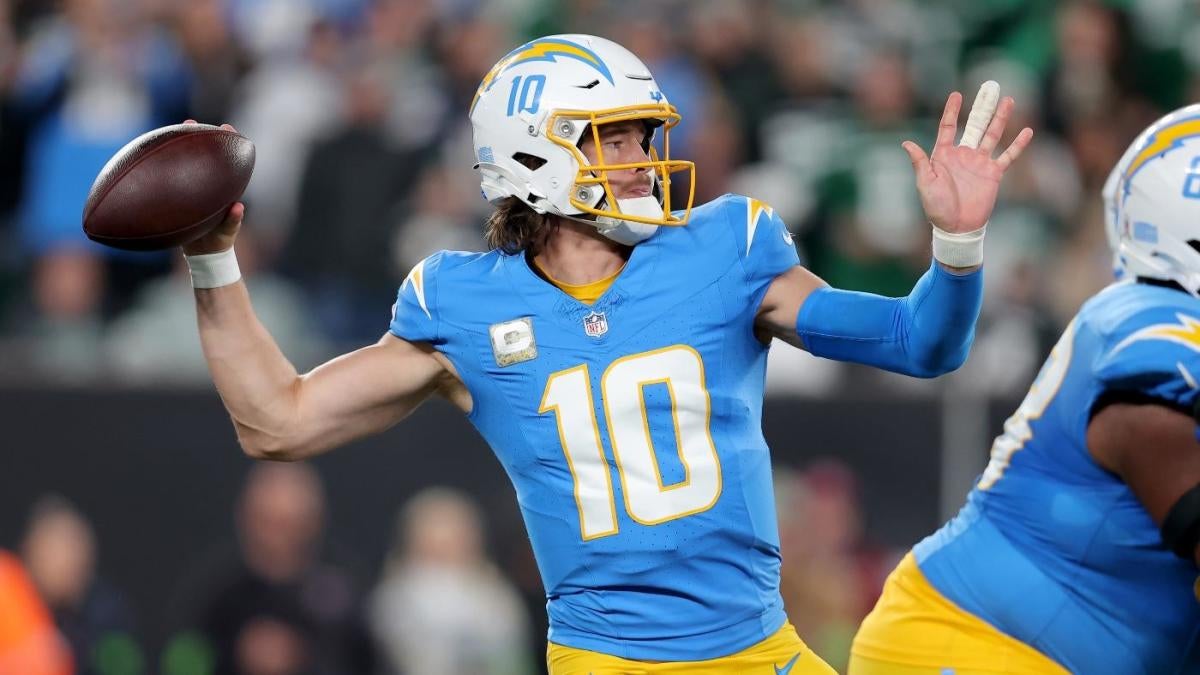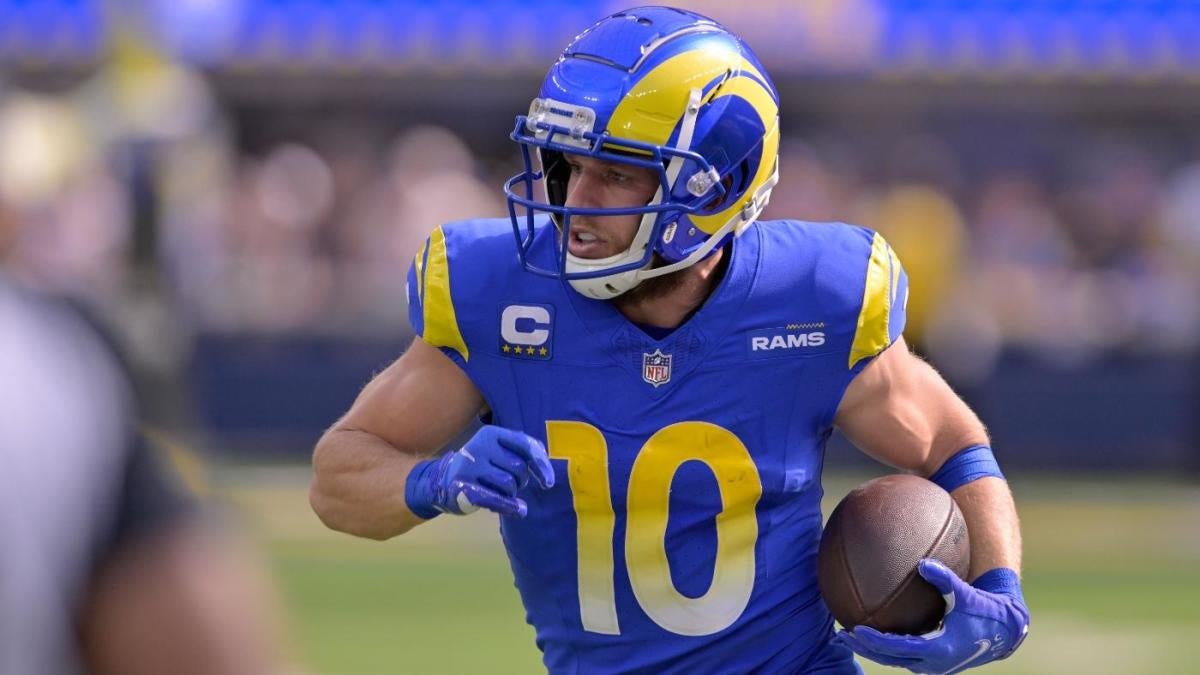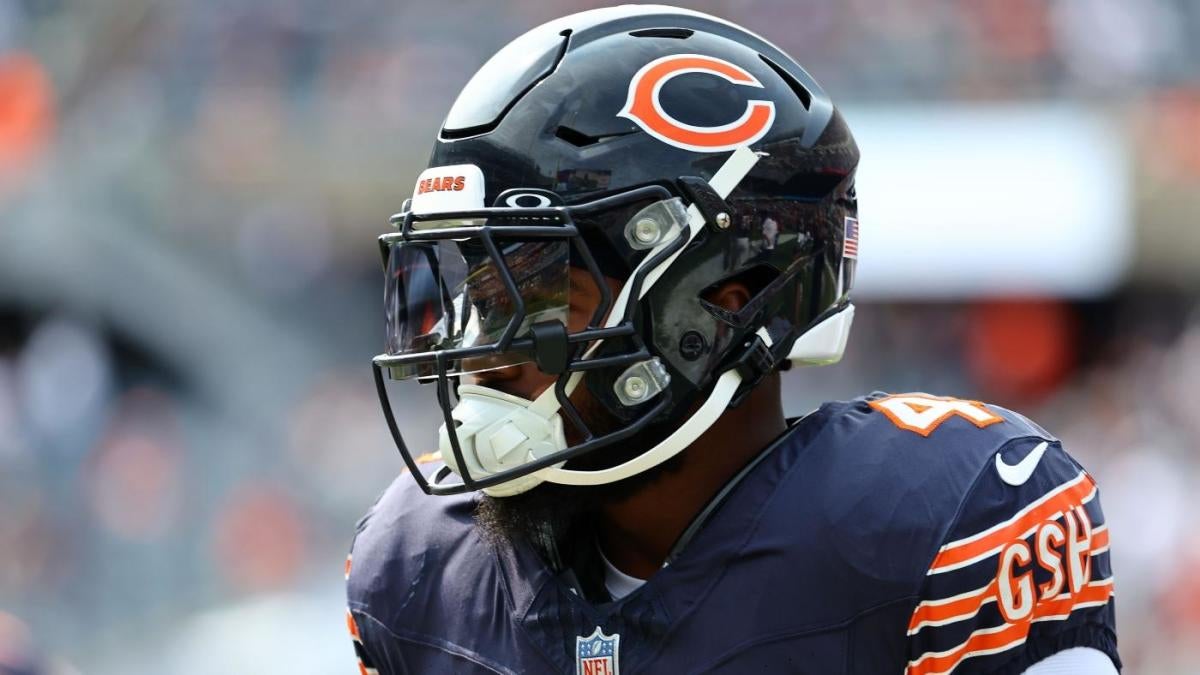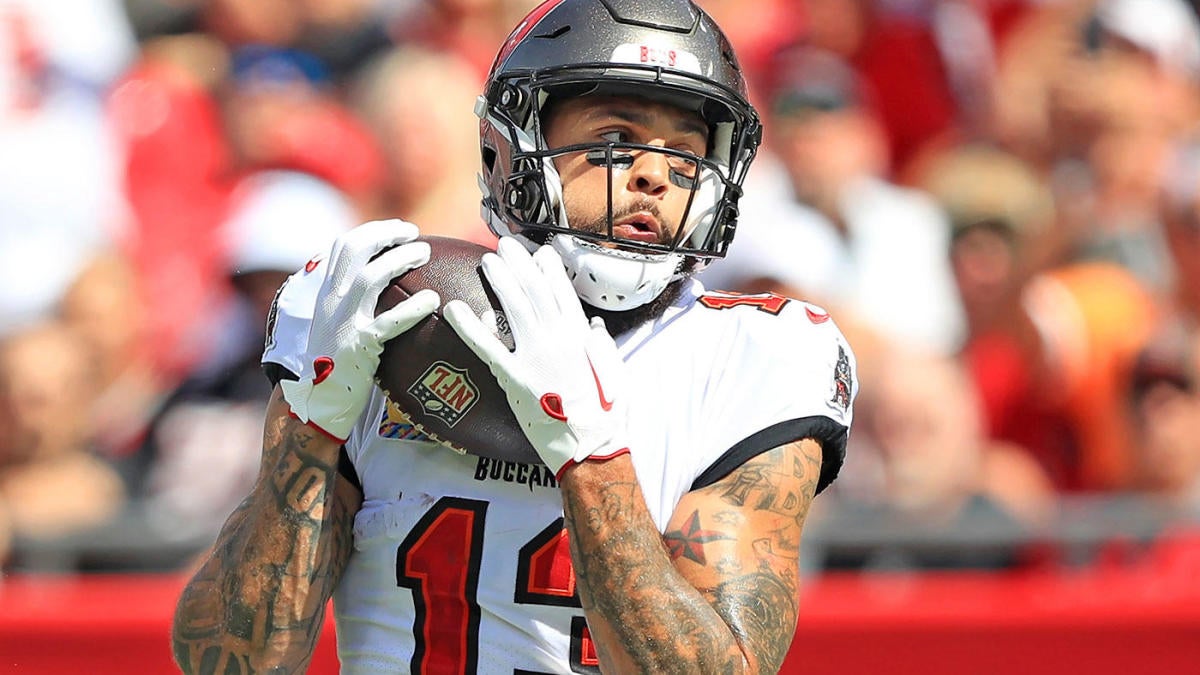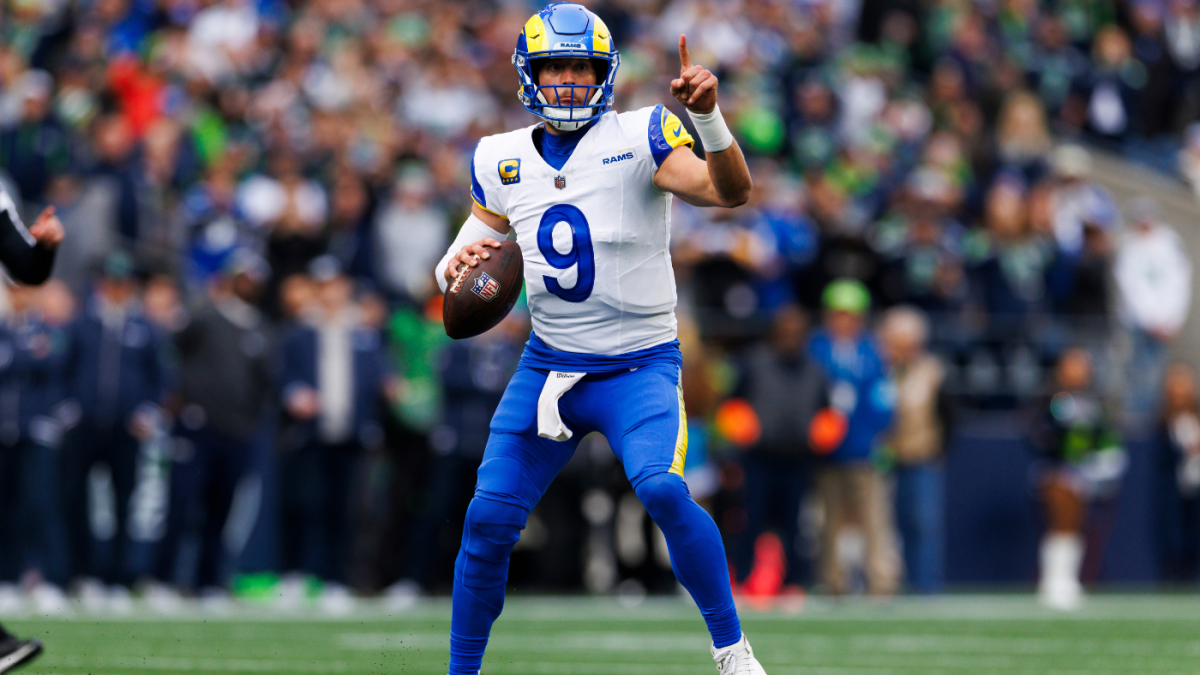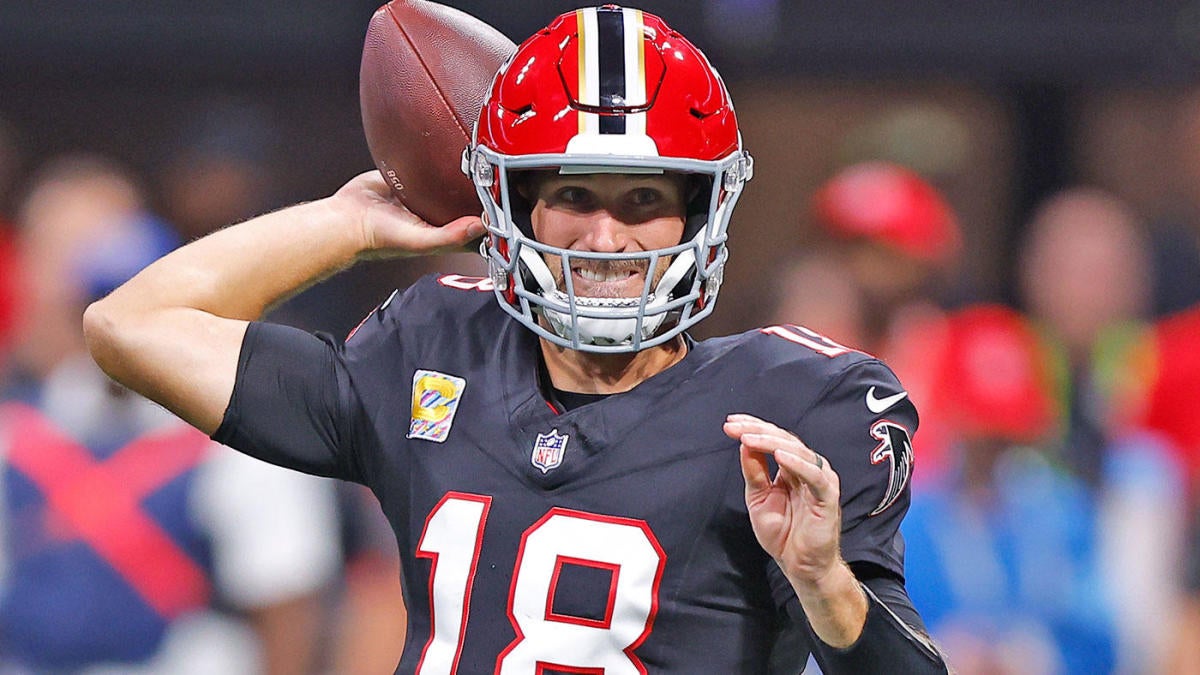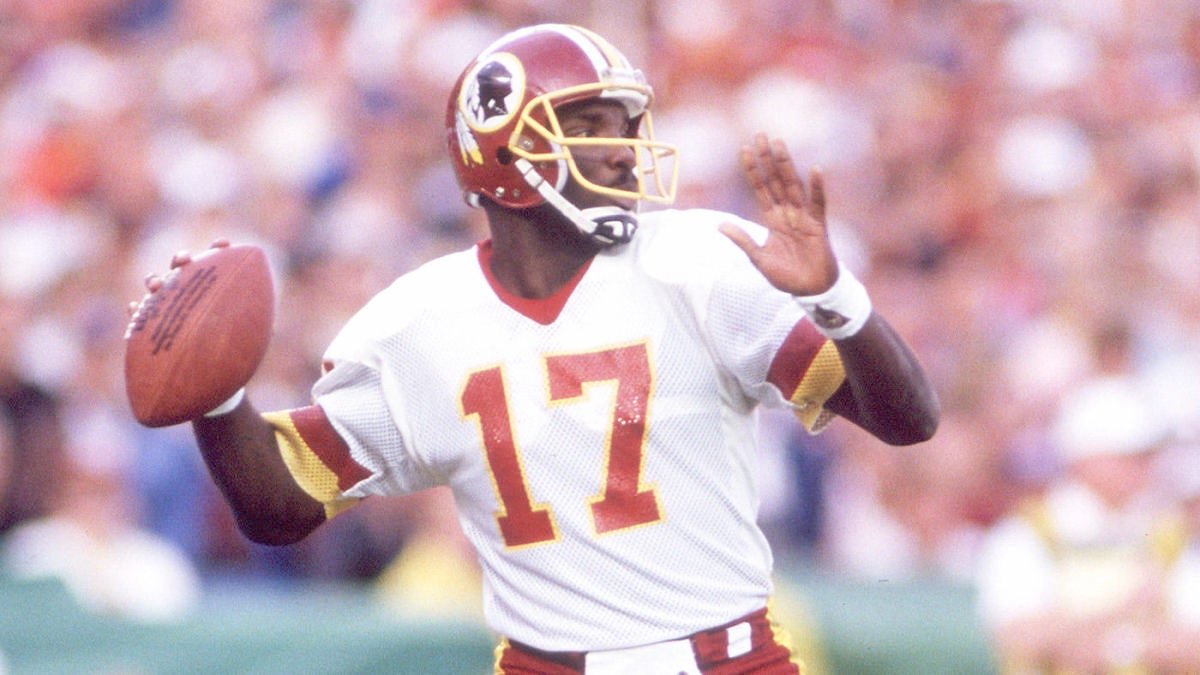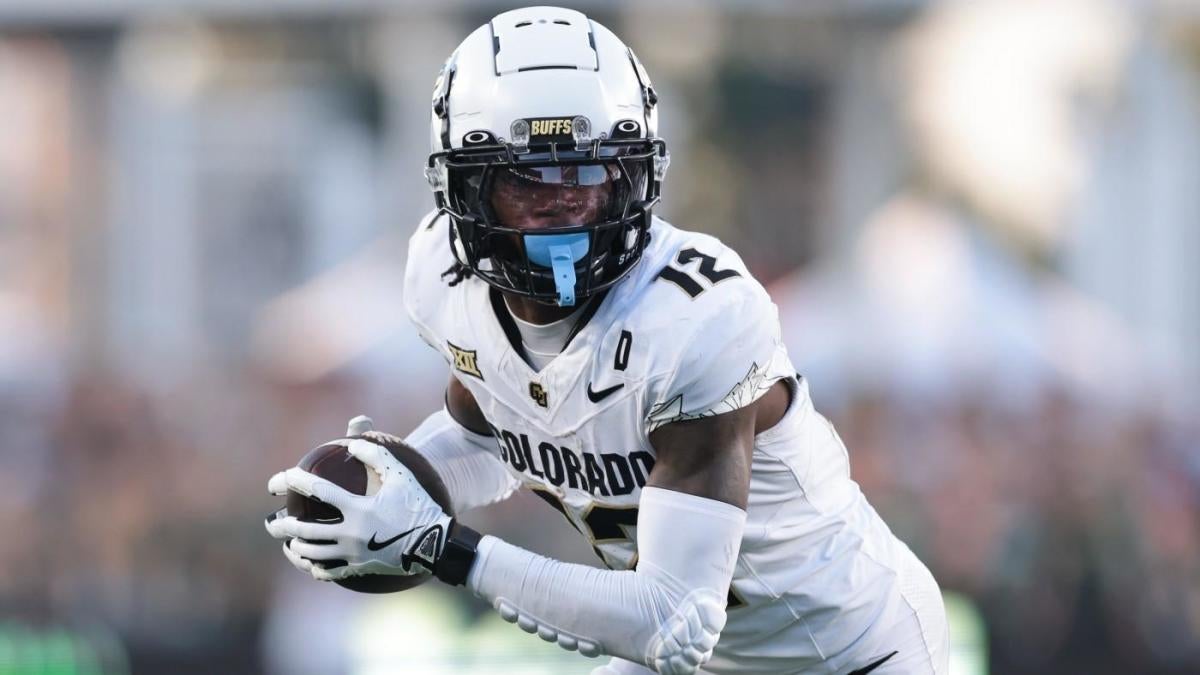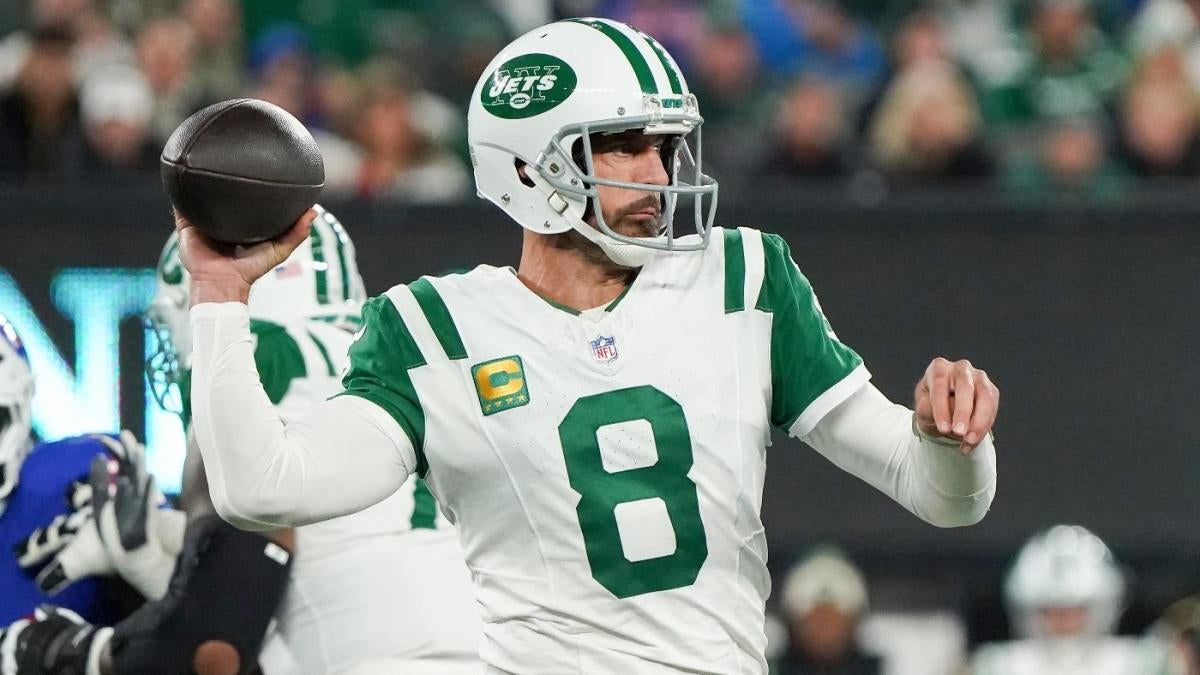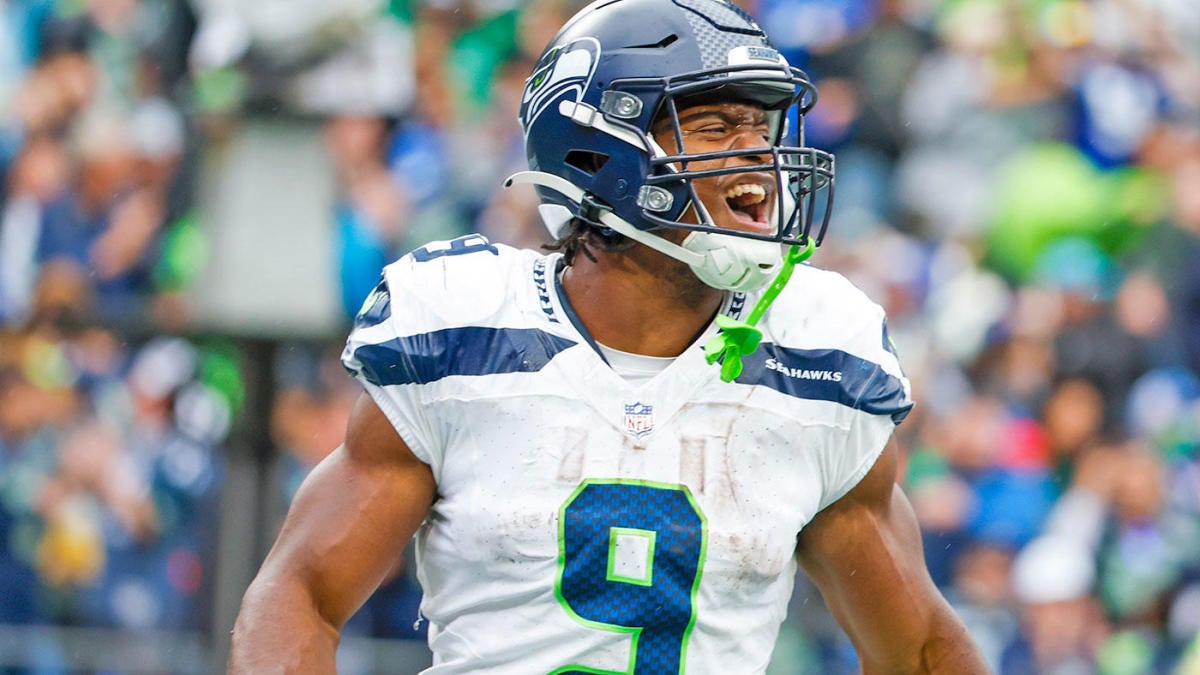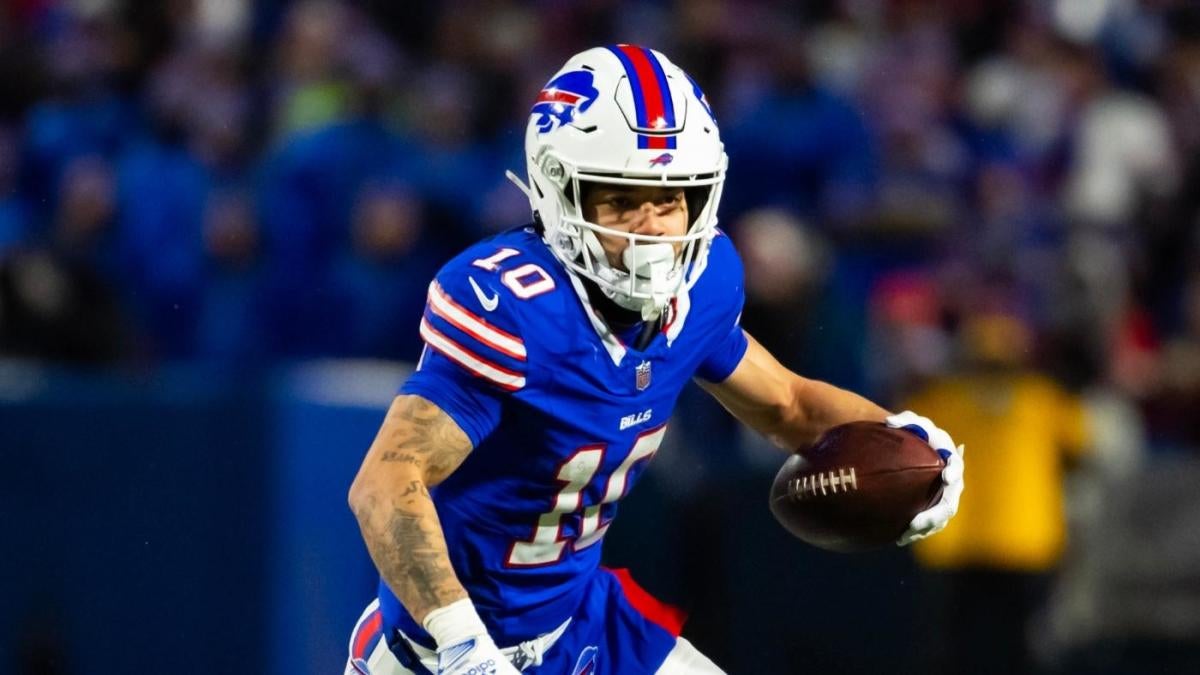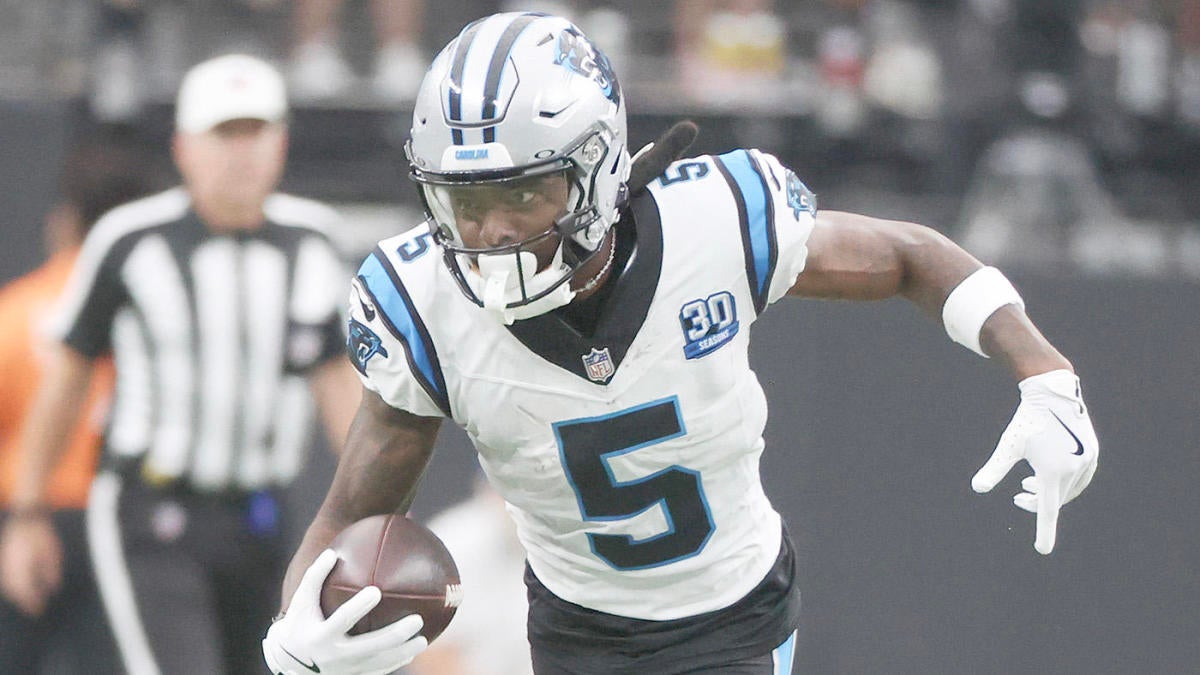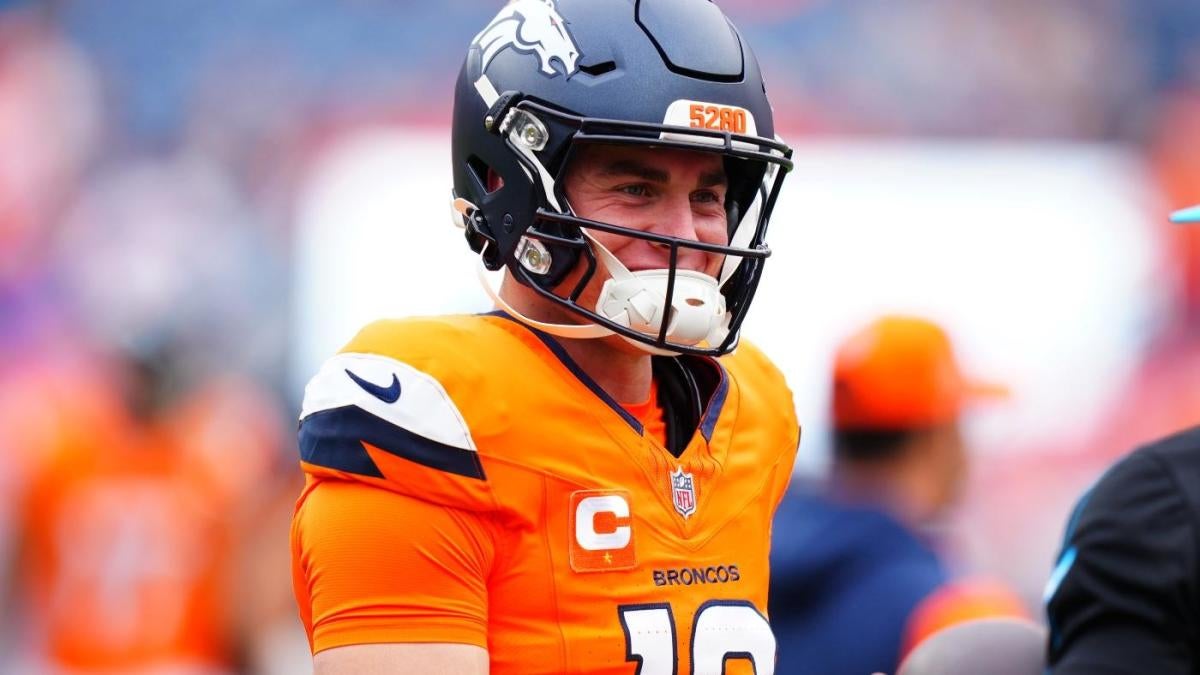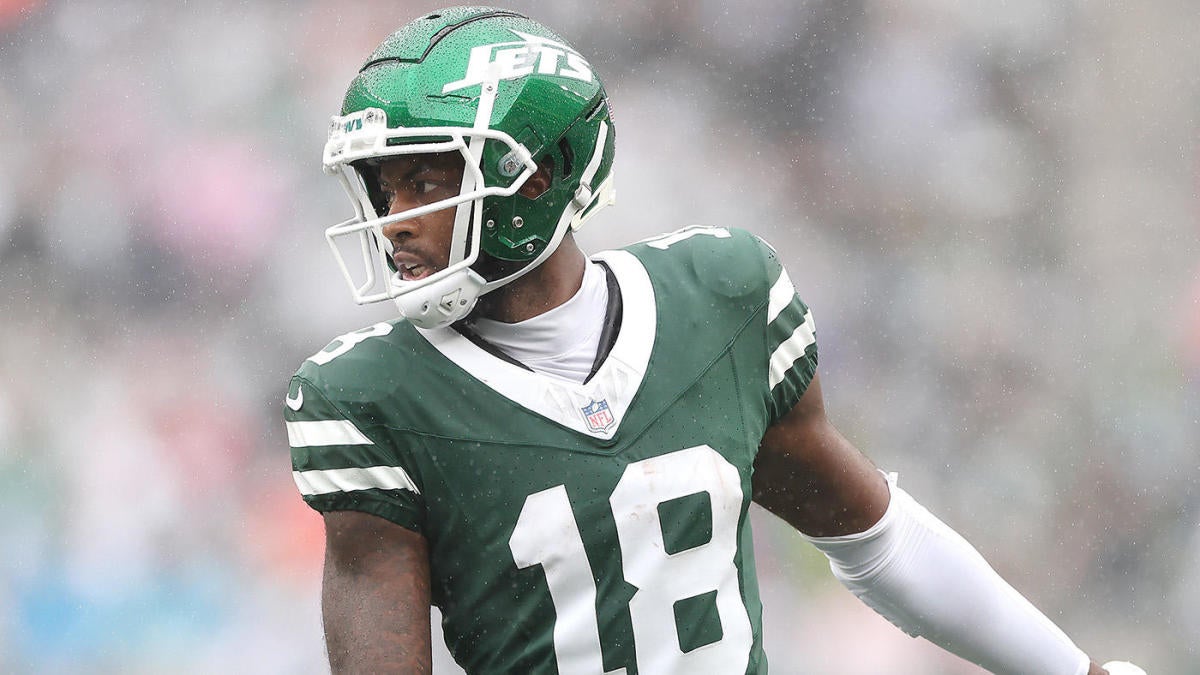Since 1972, no NFL team has been as consistently good as the Pittsburgh Steelers. In the 1970s, the Steelers were so dominant that NFL Films narrator John Facenda once said, “There are 27 teams in the National Football League, and then, there are the Pittsburgh Steelers.”
From 1974-79, the Steelers won four Super Bowls in a six-year span, a feat that has yet to be matched. Pittsburgh has since won two more Super Bowls along with four more AFC titles. In 2024, the Steelers can match the Cowboys for the most consecutive seasons without a losing record. Pittsburgh hasn’t had a losing season since 2003 and has never posted a losing record under head coach Mike Tomlin.
Obviously, the Steelers have benefitted from having great players over the years. Pittsburgh currently has a whopping 32 players in the Pro Football Hall of Fame, while 49 former players have been enshrined into the Steelers Hall of Honor.
With their 92nd season set to begin soon (the team celebrated 91 years on Monday), I decided to rank the top 20 players in Steelers history, a list that includes a slew of NFL legends.
** denotes a player who is in the Pro Football Hall of Fame
1. Joe Greene, DT (1969-1981)**
The first player Chuck Noll selected after becoming the Steelers head coach, Greene’s play on the field and unyielding drive to become a champion helped drive Pittsburgh’s success throughout their dynasty run.
The league’s Defensive Player of the Year in 1972 and again in 1974, Greene spearheaded Pittsburgh’s legendary “Steel Curtain” defense that held the mighty Oakland Raiders to just 29 yards rushing in the ’74 AFC title game and the Minnesota Vikings to 17 yards on the ground in Super Bowl IX, Pittsburgh’s first of four Super Bowl wins during the decade. In Super Bowl IX, Greene recorded an interception and a fumble recovery while ending the Steelers’ 42-year championship wait.
The following season, Greene suffered a pinched nerve in his neck that would hamper him during the final seven years of his career. Despite the injury, Greene was still able to earn four more Pro Bowl selections while playing a key role on three more Super Bowl winning-teams.
Greene later won two more Super Bowls with the franchise as a member of the team’s scouting department. His No. 75 jersey was officially retired by the club in 2014.
2. Ernie Stautner, DL (1950-1963)**
The best player during the Steelers’ pre-championship era, Stautner was a diamond in the rough for the majority of his 14-year career. A nine-time Pro Bowler, Stautner helped Pittsburgh establish its long-standing identity as a physical, defensive-oriented team.
He never won a title, but Stautner did enjoy some team success late in his career, as the 1962 Steelers went 9-5 to record the franchise’s best season to that point.
A year after he retired, the Steelers later gave Stautner the ultimate honor by retiring his No. 70. Exactly 50 years later, the Steelers made Green the second player to have his jersey retired by the franchise.
3. Franco Harris, RB (1972-1983)**
Harris took Pittsburgh by storm during his magical 1972 rookie season that ended with his “Immaculate Reception” in Pittsburgh’s playoff victory over Oakland. Harris’ success continued throughout the decade, earning nine consecutive Pro Bowl honors while leaving the ’70s as the third-leading rusher in NFL history.
A first ballot member of the Pro Football Hall of Fame, Harris remains the Super Bowl’s career rushing leader with 354 yards. His 158 yards in Super Bowl IX earned him MVP honors while leading the Steelers to a 16-6 victory. His 22-yard touchdown gallup late in Super Bowl XIII helped the Steelers defeat the Cowboys for the second time in Super Bowl competition, while his two touchdowns and 112 all-purpose yards helped the Steelers beat the gritty Rams in Super Bowl XIV.
Harris’ death at age 72 occurred days before the Steelers retired his No. 32 during a halftime ceremony amid Pittsburgh’s win over the Raiders on Christmas Eve, 2022.
4. Terry Bradshaw, QB (1970-1983)**
Bradshaw overcame a slow start to his career to become the first quarterback to win four Super Bowls. He also became the second player to win two Super Bowl MVP awards while throwing for a combined 627 yards and six touchdowns in Pittsburgh’s wins in Super Bowls XIII and XIV.
The league’s MVP in 1978, Bradshaw threw a touchdown in the fourth quarter in each of Pittsburgh’s Super Bowl victories during the 1970s. In Super Bowl X, his 64-yard touchdown pass to Lynn Swann capped the Steelers’ 21-17 win over Dallas.
Three years later, Bradshaw put together one of the greatest performances in Super Bowl history, throwing for a then-Super Bowl record 318 yards and four touchdowns in a 35-31 win over Dallas. In Super Bowl XIV, his 73- and 45-yard, fourth-quarter completions to John Stallworth capped Pittsburgh’s 31-19 victory over the Los Angeles Rams.
“Big Ben” was the cornerstone behind the Steelers’ last two Super Bowl wins. The franchise’s all-time leader in passing attempts, completions, yards, touchdowns and wins by a starting quarterback, Roethlisberger became the youngest starting quarterback to win a Super Bowl after helping lead the Steelers to victory in Super Bowl XL. He also became the first starting quarterback to win three road playoff games in the same postseason.
In Super Bowl XLIII, Roethlisberger’s last-minute, game-winning touchdown pass to Santonio Holmes helped deliver a sixth Vince Lombardi Trophy to Pittsburgh.
In the 2010s, Roethlisberger added a third Super Bowl appearance, four more Pro Bowls and a league passing title to his resume. He retired after the 2021 season top 10 all time in career passing yards, passing touchdowns and wins by a starting quarterback.
6. Jack Lambert, LB (1974-1984)**
Lambert was the physical embodiment of Steelers football during the 1970s. A man who once said “Give me a six-pack and let’s go play ’em again,” Lambert brought a physical and intimidating edge to a Pittsburgh defense that was already pretty frightening heading into the 1974 season. But with Lambert in the lineup, the Steelers’ defense became arguably the greatest unit in NFL history.
In Super Bowl X, Lambert’s throw-down of Cowboys safety Cliff Harris turned the game’s momentum in Pittsburgh’s favor. Lambert backed up his actions by recording 14 tackles in Pittsburgh’s four-point win. Later that year, he would earn Defensive Player of the Year honors before serving as a key member of the Steelers’ final two Super Bowl teams of the decade.
In Super Bowl XIV, Lambert recorded a key interception late in the game that set up Harris’ game-clinching touchdown.
7. Mel Blount, CB (1970-1983)**
The team’s all-time leader with 57 career interceptions, Blount was so good that the NFL changed the rules in 1978 limiting the amount of contact a defensive back could have with a receiver beyond five yards.
The rule, known in the years since as the Mel Blount Rule, was supposed to slow Blount and the Steelers down. Instead, the physically intimidating Blount earned yet another Pro Bowl selection that season while Pittsburgh won a league-high 14 games en route to their third Super Bowl in a five-year span. In that year’s Super Bowl, Blount recorded a key interception that set up Pittsburgh’s go-ahead score.
Blount, a first ballot member of the Hall of Fame, was named the NFL’s Defensive Player of the Year in 1975.
8. Troy Polamalu, S (2003-2014)**
An eight-time Pro Bowler and four-time All-Pro, Troy Polamalu is not only regarded as one of the greatest safeties of his era, he is often mentioned as one of the greatest safeties of all time.
A unique athlete, Polamalu was the exclamation point to a Pittsburgh defense that was routinely one of the NFL’s most dominant groups during the 2000s. The league’s Defensive Player of the Year in 2010, Polamalu’s player helped the Steelers win two Super Bowls and three AFC titles during a six-year span.
While he made many memorable plays during his career, Polamlau is most remembered for his game-clinching interception return for a score in Pittsburgh’s victory over Baltimore in the 2008 AFC Championship game.
9. Jerome Bettis, RB (1996-2005)**
Few athletes have had a connection with a city like the one Bettis and Pittsburgh have enjoyed over the past 28 years. An immediate fan favorite, Bettis remained revered in Pittsburgh for both his Steelers career as well as as his continued work with the community. It also helps that “The Bus” has one of the most famous nicknames in pro sports history.
Bettis, a 1,000-yard rusher in each of his first six seasons in Pittsburgh, was still a force late in his career, earning Pro Bowl honors in 2004 at the age of 32 while helping the Steelers win a franchise-record 15 regular-season games.
The seventh leading rusher in NFL history, Bettis’ 1997 season is arguably the best single-season rushing season in franchise history. That season, Bettis rushed for 1,665 yards despite sitting out the final game of the regular season. He tallied 10 100-yard rushing performances that season that included 125 yards in a Week 15 win over the eventual Super Bowl champion Denver Broncos.
Bettis’ 101-yard, two-touchdown performance in Pittsburgh’s Week 14 win over the Chicago Bears in 2005 jumpstarted the Steelers’ eight-game winning streak that ended with Bettis hoisting the Vince Lombardi Trophy in his hometown of Detroit.
10. Rod Woodson, CB (1987-1996)**
Woodson, whom Bill Cowher once said was the greatest player his coached during his 15 seasons in Pittsburgh, was a dominant force at cornerback as well as a return man during his 10-year run with the Steelers.
The league’s Defensive Player of the Year in 1993, Woodson earned seven of his 11 career Pro Bowl selections during his time with the Steelers. And despite suffering a major knee injury in Week 1 of the 1995 season, Woodson became the first professional athlete to undergo major knee surgery to come back and play in that season, starting for Pittsburgh while containing Hall of Fame receiver Michael Irvin throughout Super Bowl XXX.
11. Mike Webster, C (1974-1987)**
“Iron” Mike followed the tradition of great Steelers centers that was initially established by Ray Mansfield, who started during Pittsburgh’s first Super Bowl victory before passing the torch to Webster, who was a rookie on the Steelers’ first championship team.
Over the next 14 years, Webster would earn nine Pro Bowl selections (including eight straight from 1978-85) and five All-Pro nods while becoming one of the greatest offensive linemen in NFL history. Webster, who played in a then-franchise record 220 games, continued a legacy that would later be followed by Hall of Fame center Dermontti Dawson and Maurkice Pouncey.
12. Jack Ham, LB (1971-1982)**
Tony Dungy once called Ham the greatest outside linebacker he ever saw. An All-Pro each season from 1974-79, Ham retired with four Super Bowl rings and a whopping 32 interceptions, unheard of for a linebacker. He was inducted into the Hall of Fame in 1988, his first year of eligibility.
13. Lynn Swann, WR (1974-1982)**
As graceful as any receiver in league history, Swann used his unique athleticism to his advantage, especially in the Super Bowl. Swann is second all time with 364 career receiving yards in Super Bowl competition. He earned Super Bowl X MVP honors after catching four passes for 161 yards and a score.
Swann had seven grabs for 124 yards (that included the game-winning score) in Pittsburgh’s Super Bowl XIII win over Dallas. A year later, Swann leapt in the air to snare in a 47-yard touchdown catch early in the second half of Pittsburghs’ eventual Super Bowl win over the Rams.
14. John Stallworth, WR (1974-1987)**
Stallworth retired as the franchise’s career leader in catches, yards and touchdowns. He caught six passes for 236 yards and three touchdowns in Pittsburgh’s last two Super Bowl wins of the ’70s. His two big catches late in Super Bowl XIV sealed the Steelers’ victory over the Rams.
In 1984, the then 32-year-old Stallworth was named Comeback Player of the Year after setting then-Steelers records with 80 receptions for 1,395 yards. He caught four passes for 111 yards and two scores in Pittsburgh’s AFC title game loss to Miami, the final playoff game of his illustrious career.
15. Dermontti Dawson, C (1988-2000)**
A member of the Hall of Fame, Dawson was widely considered the greatest center of his era. The anchor of Pittsburgh’s offensive line for over a decade, Dawson earned seven straight Pro Bowl selections from 1992-98. He played a pivotal role in Jerome Bettis’ early success in Pittsburgh.
16. Donnie Shell, S (1974-1987)**
The franchise’s second all-time leader with 51 interceptions, Shell, nicknamed “The Torpedo,” won four Super Bowls while earning five straight Pro Bowl selections.
Like Stallworth, Shell continued to excel well into Pittsburgh’s post-dynasty years. He picked off seven passes for the overachieving 1984 Steelers and in 1986 became the first strong safety to record 50 career picks.
17. T.J. Watt (2017-present)
Barring the incredibly unexpected, Watt will be fitted for a gold jacket and bronze bust shortly after his career is over. A six-time Pro Bowler and four-time All-Pro, Watt already has one Defensive Player Honor under his belt and was probably cheated out of winning at least one more.
Watt has already led the league in sacks three times, including in 2021 when he tied the single-season record with 22.5 sacks. He is the Steelers’ career leader with 96.5 sacks and is second behind Harrison with 27 career forced fumbles.
18. L.C. Greenwood, DE (1969-1981)
A six-time Pro Bowler, four-time Super Bowl champion and member of the NFL’s 1970s All-Decade Team, Greenwood was the franchise’s all-time sack leader until Jason Gildon broke his record in 2003. Greenwood’s four sacks in Super Bowl X remains a Super Bowl record.
In Super Bowl IX, the rangy Greenwood deflected three of Fran Tarkenton’s passes, one of which was intercepted by Joe Greene, Greenwood’s longtime teammate.
19. Hines Ward, WR (1998-2011)
A two-time Super Bowl champion and the MVP of Super Bowl XL, Ward retired as the franchise’s all-time leader in catches, yards and touchdowns. He is just one of seven wide receivers in NFL history with at least 1,000 career catches, 12,000 receiving yards and 85 touchdowns. Ward is also regarded as arguably the greatest blocking wideout of all time.
Along with his regular season success, Ward is one of the most productive postseason wideouts in league history. He’s seventh in playoff history in receptions (88), eighth in touchdown catches (10) and 10th in receiving yards (1,181).
Harrison put fear into opposing offenses (quarterbacks, to be more specific) throughout his time in Pittsburgh. The former undrafted rookie was the NFL’s premier pass rusher from 2007-11 after he spent the first several years of his career as a backup.
In 2008, Harrison put together one of the greatest seasons ever seen by a defensive player. He won Defensive Player of the Year honors before returning an interception 100 yards for a score during Pittsburgh’s Super Bowl win over the Cardinals.
Harrison stood as the franchise’s career sack leader until former teammate T.J. Watt surpassed him in 2023.
Honorable mention: Andy Russell, LB (1963, 1964-1976)
One of the few players from the 1960s who was also a part of Pittsburgh’s first two championship teams, Russell earned six straight Pro Bowl selections from 1970-75 while serving a key role on Pittsburgh’s Steel Curtain defense. He also served as a mentor for Jack Ham and Jack Lambert, who would go on to have Hall of Fame careers.
Russell also held the record for the longest fumble return in NFL history for 47 years. His 93-yard fumble return for a score against the Colts in the 1975 playoffs stood as the record until Bengals defensive end Sam Hubbard returned a fumble 98 yards for a score during the 2022 playoffs.
Go to Source
Author: Bryan DeArdo
July 8, 2024 | 7:10 pm
